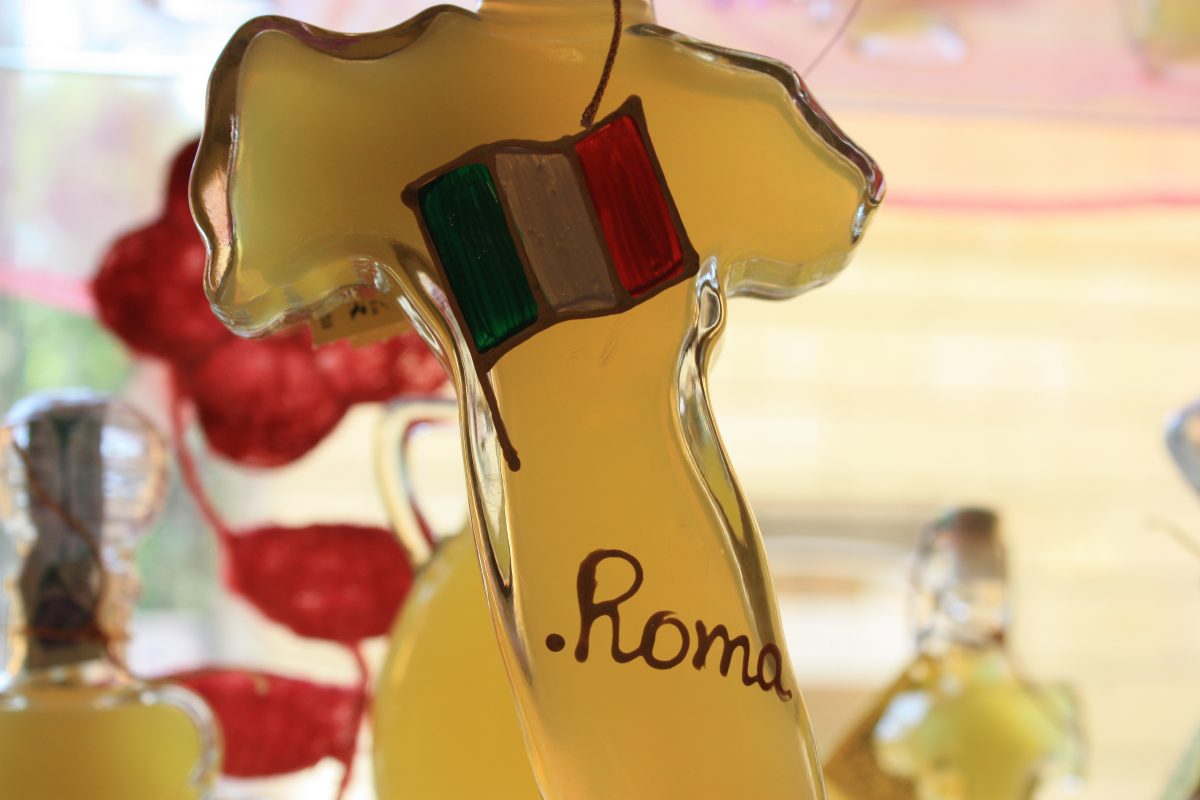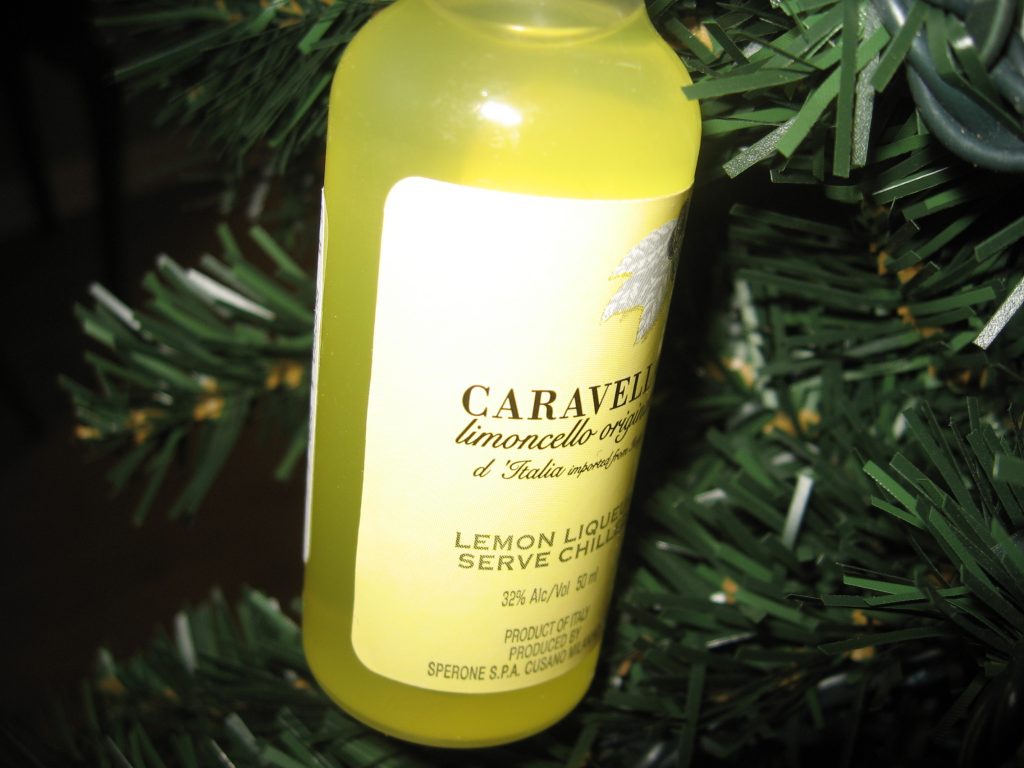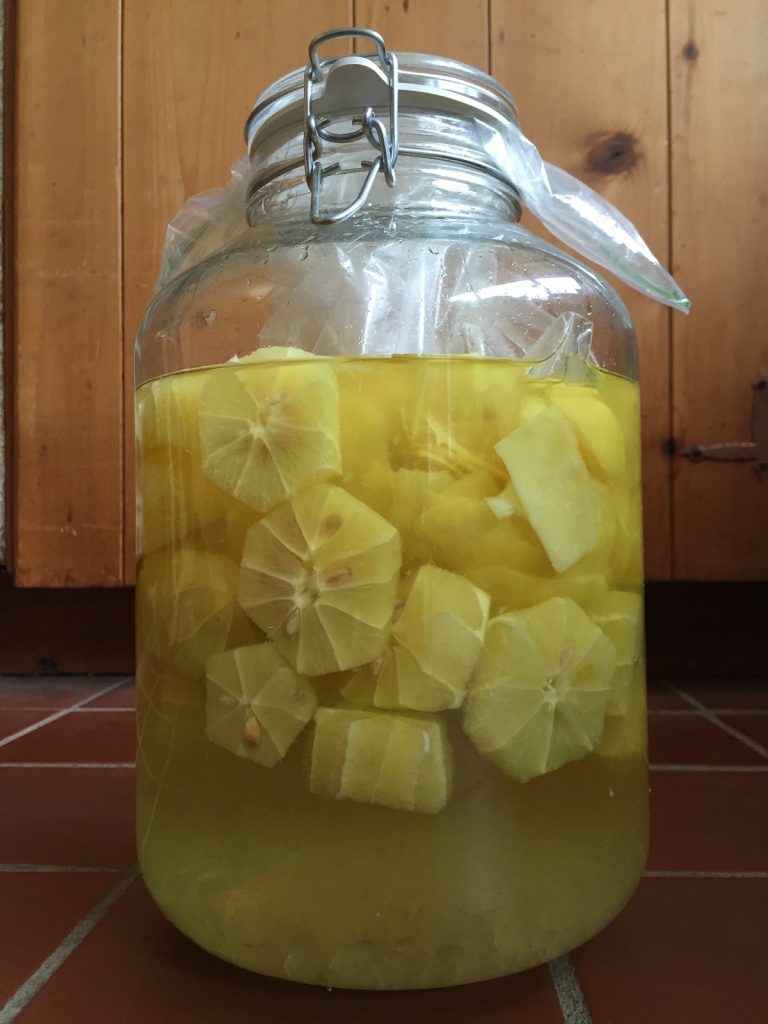Limoncello: All You Need To Know About Italy’s Favourite Liqueur

Every country has its particular taste that anticipates the concepts of antiquity, history and richness of culture for that region. The food and drinks are the best examples to reveal the taste of a nation. Whenever a trip is paid to Italy, the consulates ask to drive the car according to their rules but the friends like us ask to taste the Limoncello.
How Did Limoncello Come About?
In the mid-1900, a youngster inaugurated a bar near Anacapri, Italy that specialised the lemon drink. That youngster was actually the nephew of Madame Maria Farace. The lady owned the lemon and orange gardens that were famous all across the Anacapri island. Well, the fame was because the lemons and oranges she grew were bigger than the usual ones. And the taste of these fruits was slightly bitter. Her nephew took the lemons from her farm and tried an innovative recipe for the lemon drink. Some alcohol, water, lemons, and sugar are the only ingredients needed for this liqueur.
It was never on record whether the nephew of Madame Maria named this drink as Limoncello or not. But in 1988, one of the families from Capri got this name Limoncello trademarked. Along with that, they started delivering it to the market. Limoncello, aside from being a refreshing liqueur, could also be taken after the meal as it helps digestion.
Limoncello became popular as soon as it was introduced back in the mid-1900s. Its popularity is because of its taste, which was supposed to be bitter than the regular lemon juice – but it is not, because of the added sugar to reduced its bitterness.
The liqueur is also popular in other parts of the world, especially in North America. The Americans even created a cocktail version of Limoncello, which takes a very prominent position in the market. Similar to North America, the United Kingdom also takes pride in mixing the recipe. The Brits call it Lemoncello.
What Does Limoncello Taste Like?

Photo by attercop311 on Flickr
The Limoncello has a very interesting taste. It tastes strong, just like the other lemon drinks, but it is neither bitter nor sour. The liqueur is refreshing and doesn’t burn the throat. It has the perfect balance between sourness and sweetness. Unlike other liqueurs that are too bitter, limoncello is just right. It is perfect for tourists that might not be used to strong liqueurs.
The Price
You only need very few ingredients for Limoncello. But the pricing adds the labour and taxation expenses as well. Furthermore, the pricing includes the quality of the ingredients used. But good quality, proper preparation, and safe packaging are certainly worth it. Because of that, Limoncello has various price tags, depending on its quality. The cheapest so far is available for $13.99 while the most expensive is for $26.99.
How To Drink Limoncello
This is the most important part: how Limoncello should be drunk. If any of your family members or friends have been drinking Limoncello, they may suggest chilling it before drinking it – the most common method of drinking Limoncello.
Aside from that, there are many other ways to drink this liqueur. A good way is to chill the glass in which the Limoncello is to be poured in. Fill the glass with crushed ice till the top and leave it for a few minutes. After a few moments, take the ice out of the glass and pour the Limoncello. That way, you can taste the actual flavour of the Limoncello. Another way is to chill the empty glasses in the freezer for a couple of hours. Another alternative is to put them in an ice bucket upside down for half an hour.
Recipe To Make Limoncello

Photo by 305 Seahill on Flickr
The original recipe of the Limoncello does not have the orange juice. Instead, it has the lemon zest in it, without the white inner part of the lemon. You need a pot, a strainer, and a big sealed tap jar.
Ingredients
9 organic lemons
1 litre of grain alcohol or vodka
one and half-litre water
700 grams of sugar
Note: Limoncello usually uses grain alcohol as its base alcohol. If it is not available, you can replace it with vodka. However, keep in mind that vodka can change the flavour of the liqueur.
Procedure
Peel the skin of the lemons and put them in the big jar with the alcohol for 20 days. Make sure that only the skin is peeled, not the white part of the lemon. After the exact 20 days, boil water and add sugar when it starts boiling. Let water cool. Add the alcohol from the jar kept for 20 days. Use the strainer to avoid the lemon zest from mixing into the drink. Be very careful in the process and do not let the lemon zest get into the water. Once the jar gets empty, add about a glass of water to it, stir it properly and add the liquid to the mix. Now start mixing the mixture produced in the pot.
Put the mixture in the refrigerator to chill. You can now enjoy this liqueur anytime!
Limoncello Cocktails
There are plenty of Limoncello cocktails available worldwide. But there are a few people like a lot. One of them is the Yellow Belly which mainly consists of vodka and the lemon juice. The other one is the Lemontini which is a mixture of Limoncello and the vodka martini.
Where To Buy Limoncello In The US
There are too many ventures that deal in Limoncello in the US along with its derivatives. Among them, the best names include Crown, which has plenty of Limoncello and cocktails available. Popular brands are the Pallini Limoncello and Limoncello of Sorrento Gioia Luisa.
Last Words
Truly, you can go to different places just by tasting food and drink from different parts of the world. Limoncello is not an exception. This refreshing liqueur will keep summers cool, meals more enjoyable, and time with friends more memorable. So, why don’t you try making a jar of your own today? Or even better, go to Italy and try a glass in its home country?
*This article was contributed by Akshay Sharma.

